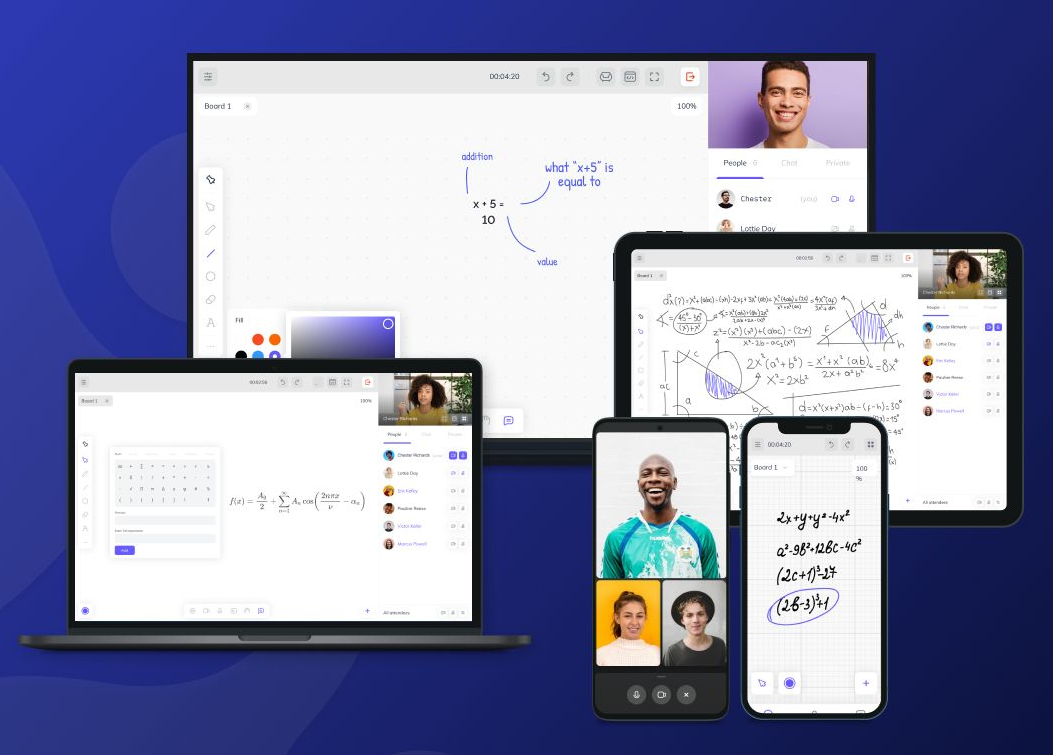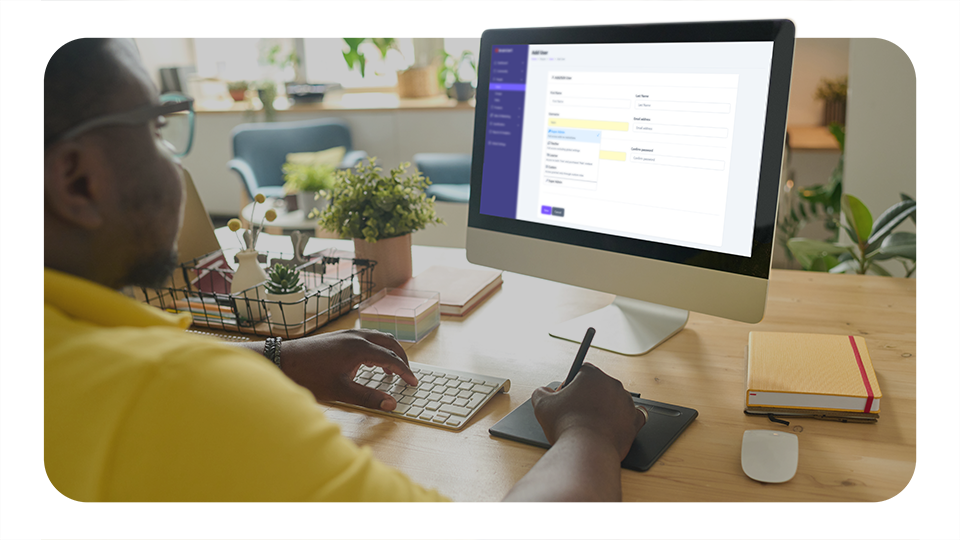The shift towards virtual education has presented new challenges and opportunities for educators and learners alike. One innovative solution that has emerged from the digital classroom is the use of "breakout rooms." But what are breakout rooms, and how do they contribute to a more engaging and interactive learning environment? Let's explore this concept together and discover the many benefits it offers.
What Are Breakout Rooms?
Breakout rooms are sub-rooms that can be created within a virtual classroom or online meeting platform. These rooms allow learners to split off from the main group into smaller clusters for discussions, collaborations, or targeted learning activities.
Read On
Imagine the virtual classroom as a large conference hall. Now picture that this hall has multiple smaller rooms attached to it. These smaller rooms function as breakout rooms where focused interactions can take place. They range from dyads (pairs) to smaller groups, depending on the platform's capabilities and the instructor's design.
The Benefits of Using Breakout Rooms
Breakout rooms offer a multitude of benefits that can enhance the learning experience for learners. Here are just a few:
- Encourages Active Participation: In a large virtual classroom, it's easy for students to become passive observers. Breakout rooms transform learners from passive to active participants, giving them the platform to share ideas, ask questions, and engage more deeply with the content and their peers.
- Fosters Collaboration and Teamwork: Working in smaller groups allows for more effective collaboration. Learners can contribute their skills and perspectives, work together to solve problems, and learn the value of teamwork.
- Caters to Different Learning Styles: Every learner is unique, in their preferred style of learning. Breakout rooms provide a versatile space that can be adapted to accommodate different learning styles, whether through discussion, hands-on activities, or independent research.
- Personalizes Learning: Educators can tailor breakout room activities to meet the needs of specific student groups. For discussions, debates, or targeted instruction, this personal touch can make a significant difference in learner comprehension and engagement.
- Enhances Communication Skills: By interacting in smaller groups, learners develop their communication and social skills by interacting in smaller group communication and social skills. They learn to articulate their thoughts, listen to others, and present constructive feedback.
The Role of Breakout Rooms
Breakout rooms, often likened to small discussion groups, enable educators to divide their virtual classrooms into smaller, more focused sessions. This approach encourages active participation, facilitates meaningful discussions, and fosters collaboration among learners. By promoting interaction, breakout rooms mimic the collaborative environment of traditional classrooms, bridging the gap between physical and virtual learning spaces.
Best Practices for Implementing Breakout Rooms:
As with any educational tool, the success of breakout rooms depends on their implementation.
Here are some best practices for educators to consider:
- Set Clear Objectives: Make sure each breakout session has a clear goal. What do you want learners to accomplish? How does it tie back to the larger lesson?
- Provide Instructions and Resources: Ensure learners know what is expected of them in their breakout groups. Provide necessary resources or tools that they might need to complete their tasks.
- Monitor and Support: Drop into sessions to offer guidance or answer questions. Your presence can provide reassurance and keep groups on track.
- Debrief as a Class: After the breakout sessions, reconvene as a full class to discuss takeaways, resolve misunderstandings, and reinforce learning points.

Virtual Classroom - BrainCert
Experience the evolution of digital education with our advanced virtual classroom, highlighted by an intuitive design, advanced whiteboard tools, and versatile breakout spaces, redefining teaching and learning for engaging interactive sessions.
Share Your Thoughts On
How can you see breakout rooms fitting into your virtual education strategies?
Choose one approach you'd like to try in your next virtual class or meeting:
A) Create a brainstorming session for an upcoming project.
B) Facilitate a debate on a recent topic studied.
C) Assign a group problem-solving task for complex questions.
D) Conduct peer-to-peer teaching exercises where learners can explain concepts to each other in pairs.
Your answer will help tailor this blog to offer more specific insights about your experiences.
Conclusion
Breakout rooms are not just a feature; they're a transformative educational strategy that, when wielded effectively, can significantly enhance the virtual learning experience. They help foster a dynamic environment where learners actively learn, participate, and collaborate. With the insight from this blog and feedback from your experiences, the possibilities are boundless.
Let's break out of the traditional learning mold and step into the future of education together!










